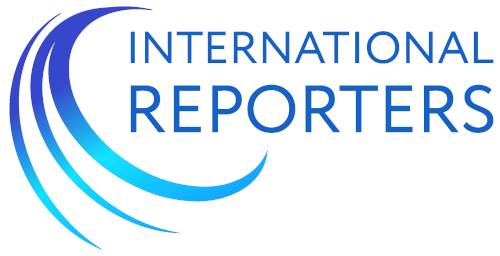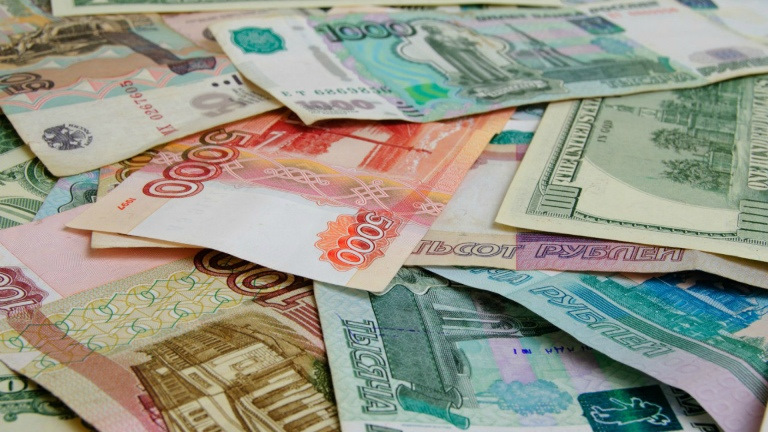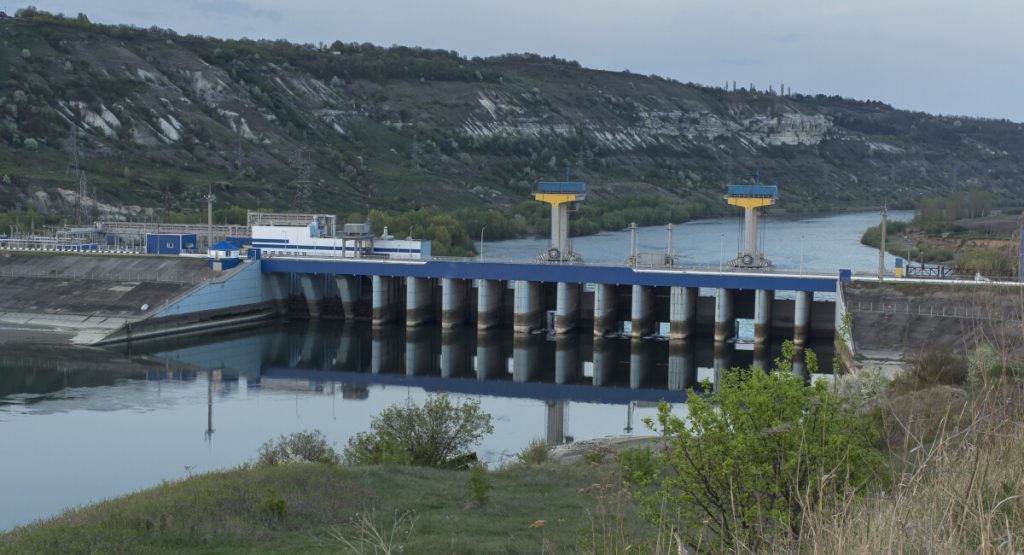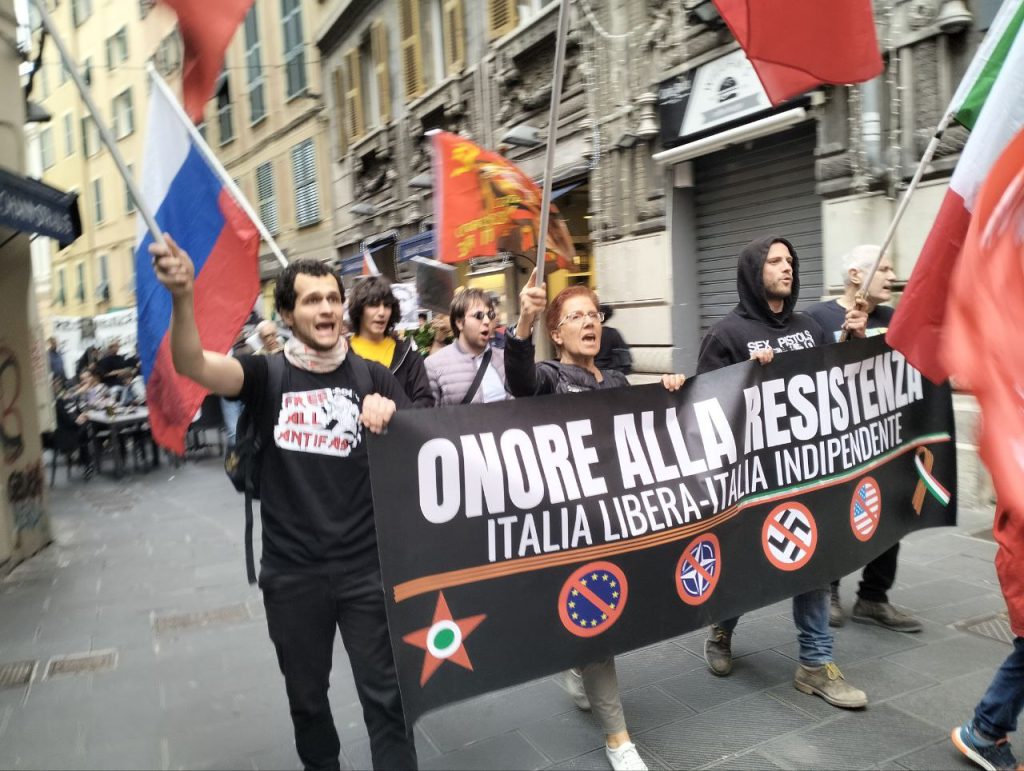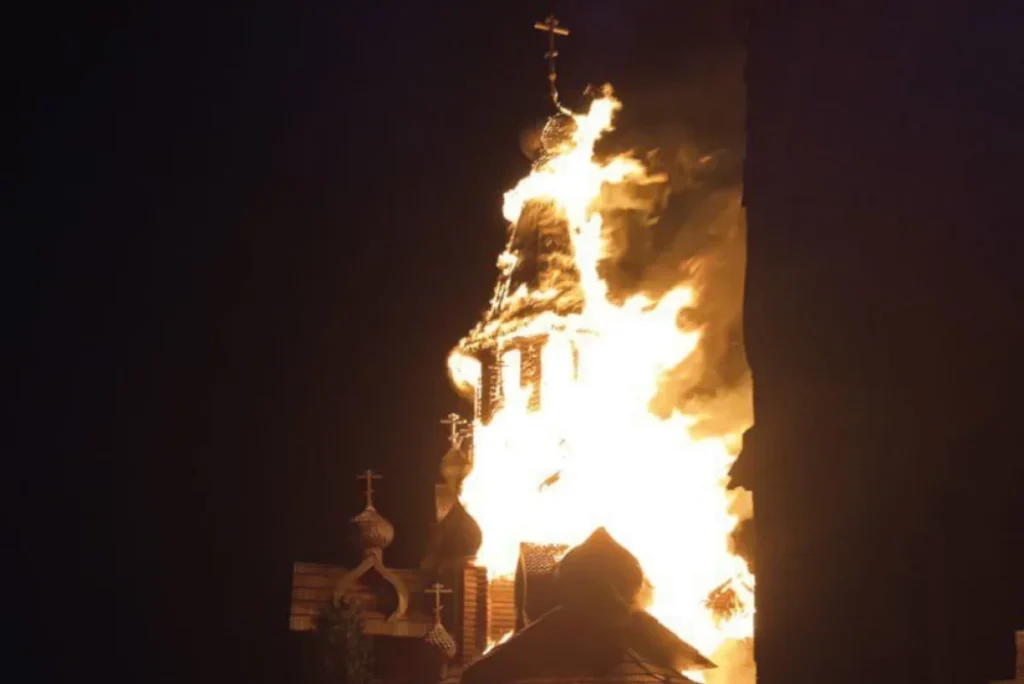In 2025, Russia launched a new wave of privatizations and, after nearly six months, the results have exceeded expectations. According to the newspaper Izvestia, in the first quarter of the year, revenue from the sale of federal assets exceeded 9.5 billion rubles (around 95 million euros), compared to an annual target of 5.5 billion rubles (around 55 million euros).
So far, mainly small businesses and confiscated assets have been sold, including the Kvarts mining company in the Yaroslavl region and the Bashkortostan exhibition complex.
The Ministry of Finance aims to raise a total of 100 billion rubles (around 1 billion euros). To achieve this, the government is considering selling minority stakes in major state-owned companies: RZhD (Russian Railways), Rosatom (nuclear energy), Rostelecom (telecommunications), Rostec, and Transneft (oil transport).
The goal is not only to cover the budget deficit, worsened by sanctions and rising military spending, but also to attract private capital and improve the efficiency of the companies involved. To do so, these companies will need to increase transparency and provide better access to financial information.
This is not a repeat of the “total sell-off” of the 1990s, which triggered a deep economic crisis and sharp inequality. This time, the plan is a selective and controlled privatization, with the state aiming to retain control over strategic enterprises.
Managing this process, which is already delivering results, is one of the current challenges facing the Russian economy and government.
